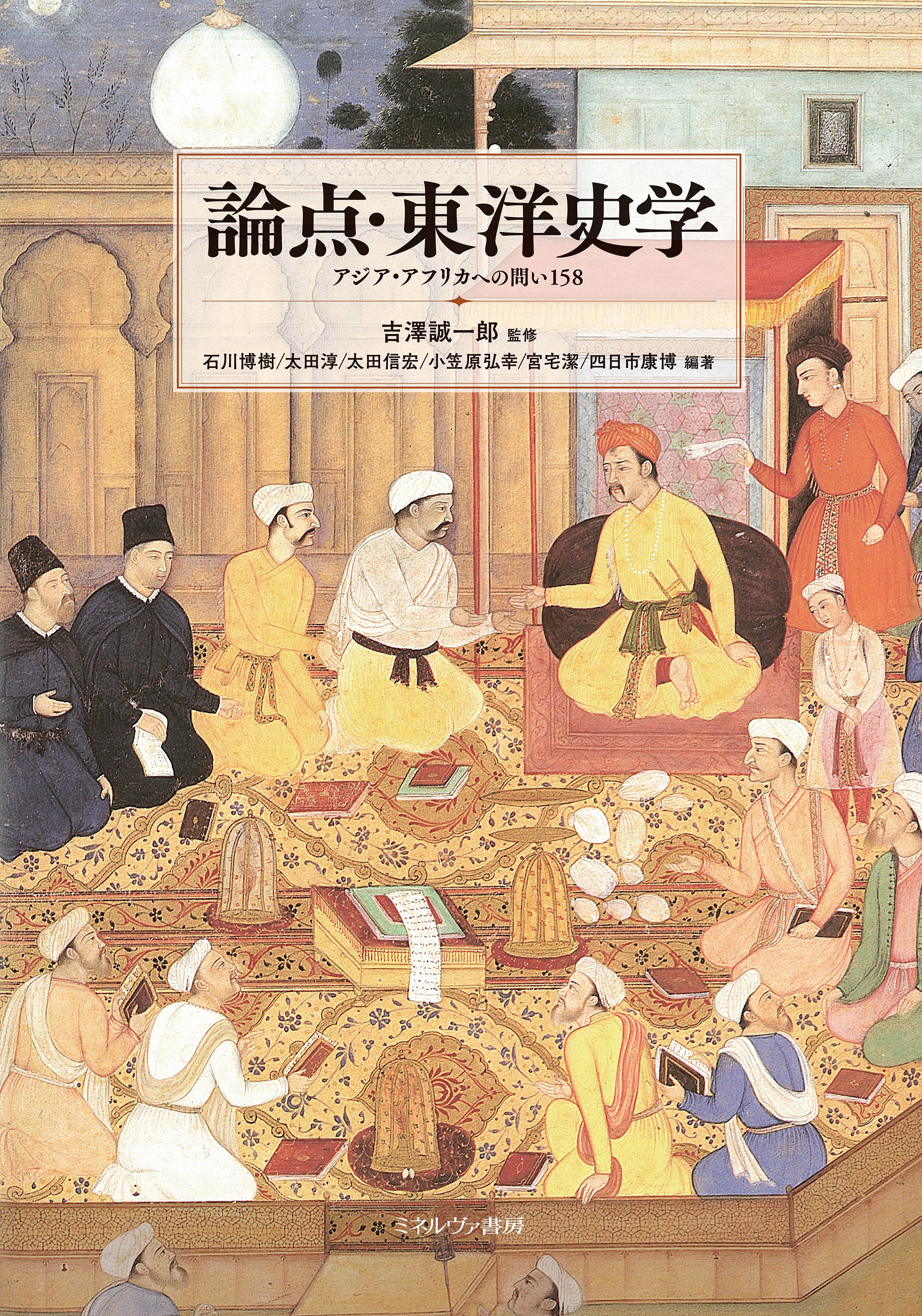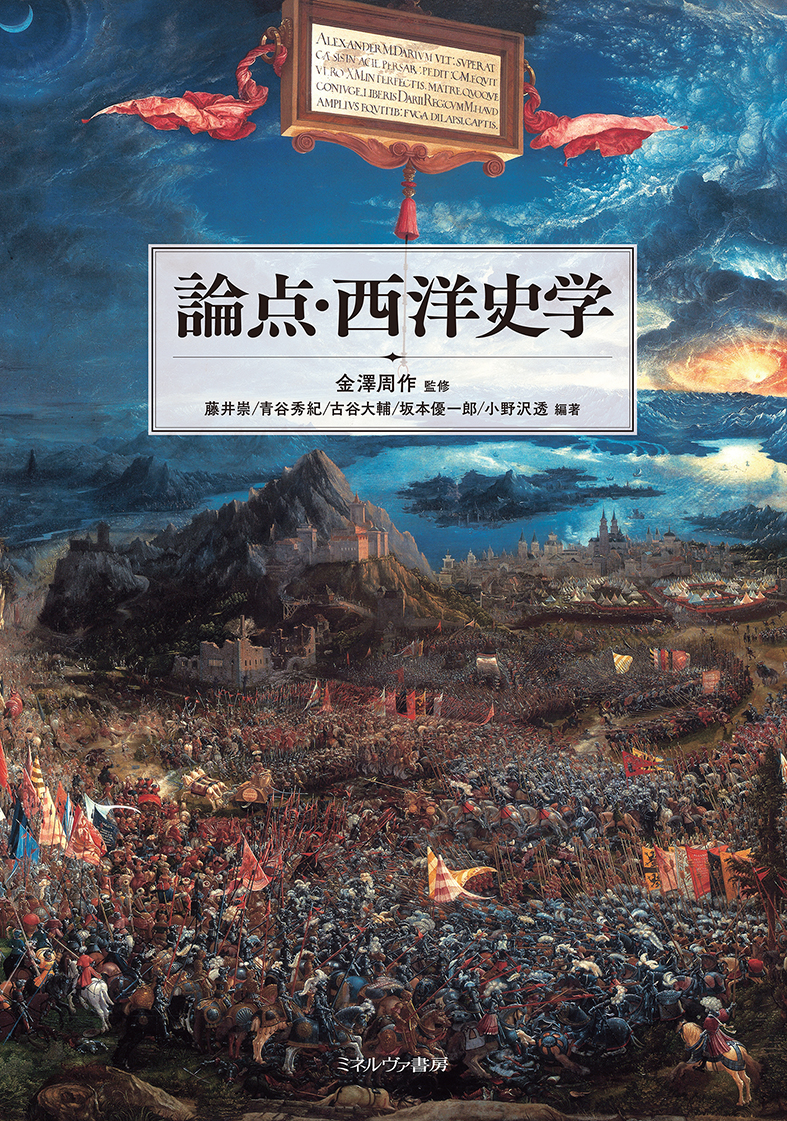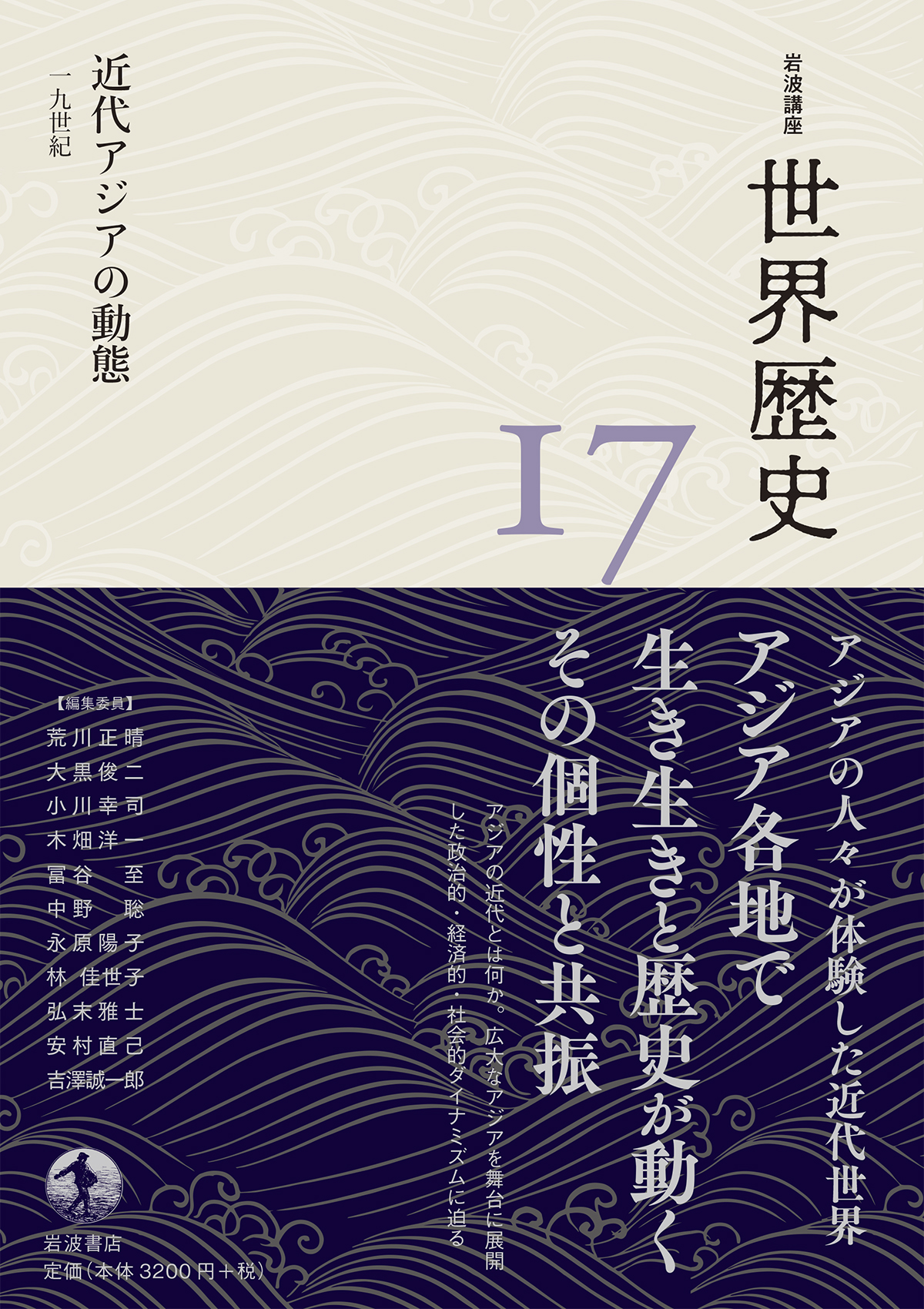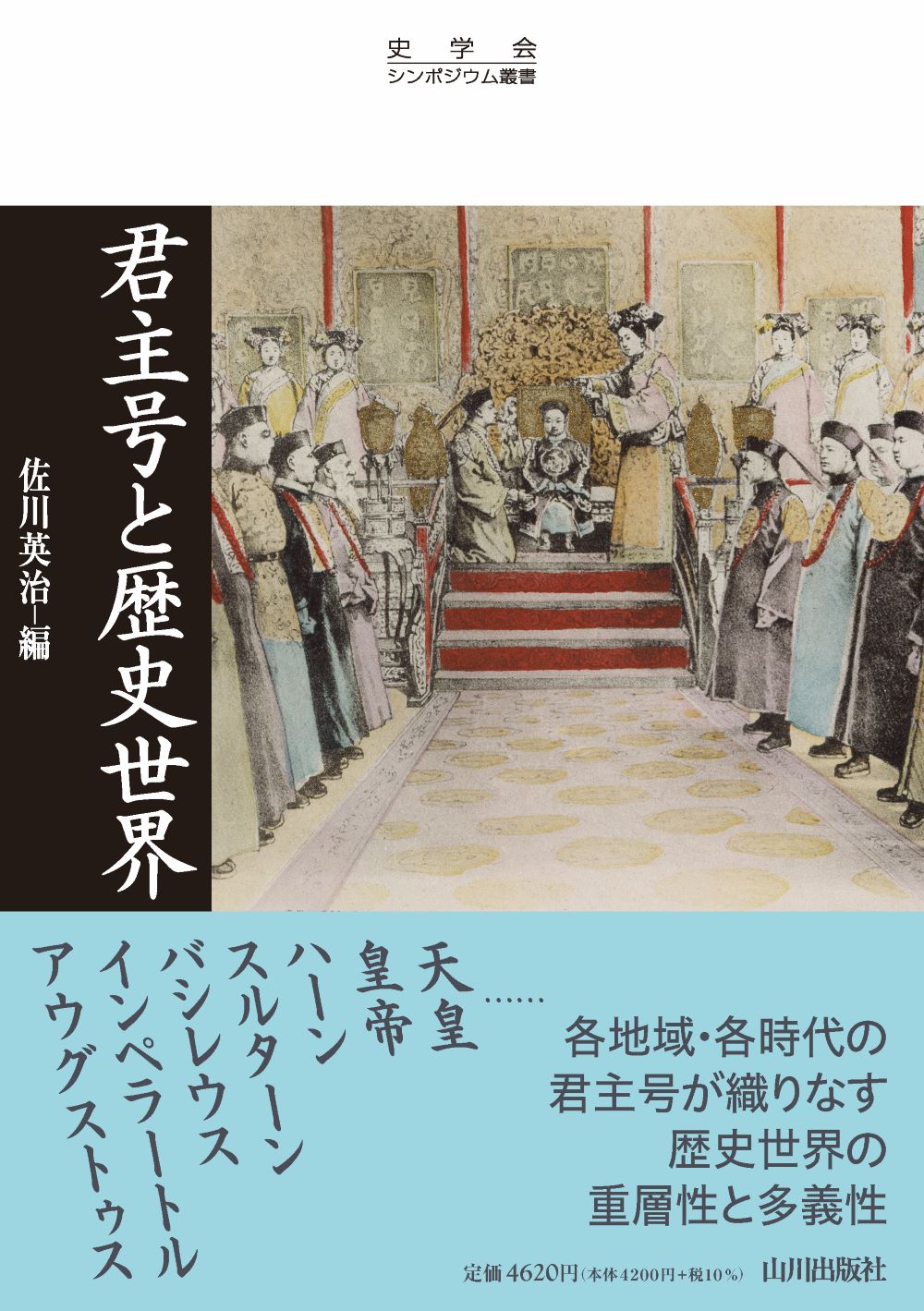
Title
Ronten Toyoshigaku (Key Issues in Tōyōshi Studies - Asia Africa e no Toi 158)
Size
378 pages, B5 format
Language
Japanese
Released
January 10, 2022
ISBN
9784623092178
Published by
Minerva Shobo
Book Info
See Book Availability at Library
Japanese Page
I experience some difficulty in explaining the concept of the study of history. Since we all learned about history in school, it may appear that everyone has a certain level of understanding. However, it is not always easy to comprehend the concept of the study of history.
This book, Key Issues in Tōyōshi Studies, aims to present an introduction to such a study of history. Historical studies highlight past issues and consider them as points of contention. For an issue to arise, a question must first be asked. The study of history is to explore this question on the basis of concrete historical documents. Then, when different scholars give varied answers, a controversy arises, and the issue can be further examined.
This may appear a bit challenging, but once you know the specific issues, you will have a clear idea of how research has been conducted till date. This book is a collection of such examples. We owe the idea of focusing on these issues to another book, Key Issues in Seiyōshi Studies (Kyoto: Minerva Shobo, 2020), which was edited by Professor Kanazawa Shusaku.
In this book, numerous scholars have written about their own particular issues. I would like to share the example of the Xinhai Revolution. The Xinhai Revolution refers to the political changes that occurred between 1911 and 1912, when the Qing Dynasty lost power and the Republic of China was established. The first perspective focuses on how Sun Yat-sen and others developed revolutionary movements to overthrow the Qing Dynasty while the second examines the reason why the local elites who held real power in various regions defected from the Qing Dynasty. The third perspective questions the significance of the Qing dynasty’s Manchu rule in the Xinhai Revolution.
The 158 issues included in this book may appear to be a large number, but they represent only a small portion of the questions that scholars have asked in the past. Rather, it is the study of history that will lead to the development of new issues in the future. In the world of serious historical research, no convenient fast-track exists; you have to make your own way.
The title of this book is Key Issues in Tōyōshi Studies, but the subtitle is Questions for Asia and Africa. So what does the term Tōyōshi Studies refer to? Explaining this point would be time-consuming; therefore, I urge you to read the introduction of this book. I would like to mention that Tōyōshi Studies as I conceive it is not limited to the history of one part of the world but rather a wider field of study that can include Japanese and Western history. I hope that the readers of this book will understand this perspective.
(Written by YOSHIZAWA Seiichiro, Professor, Graduate School of Humanities and Sociology / 2024)



 Find a book
Find a book




